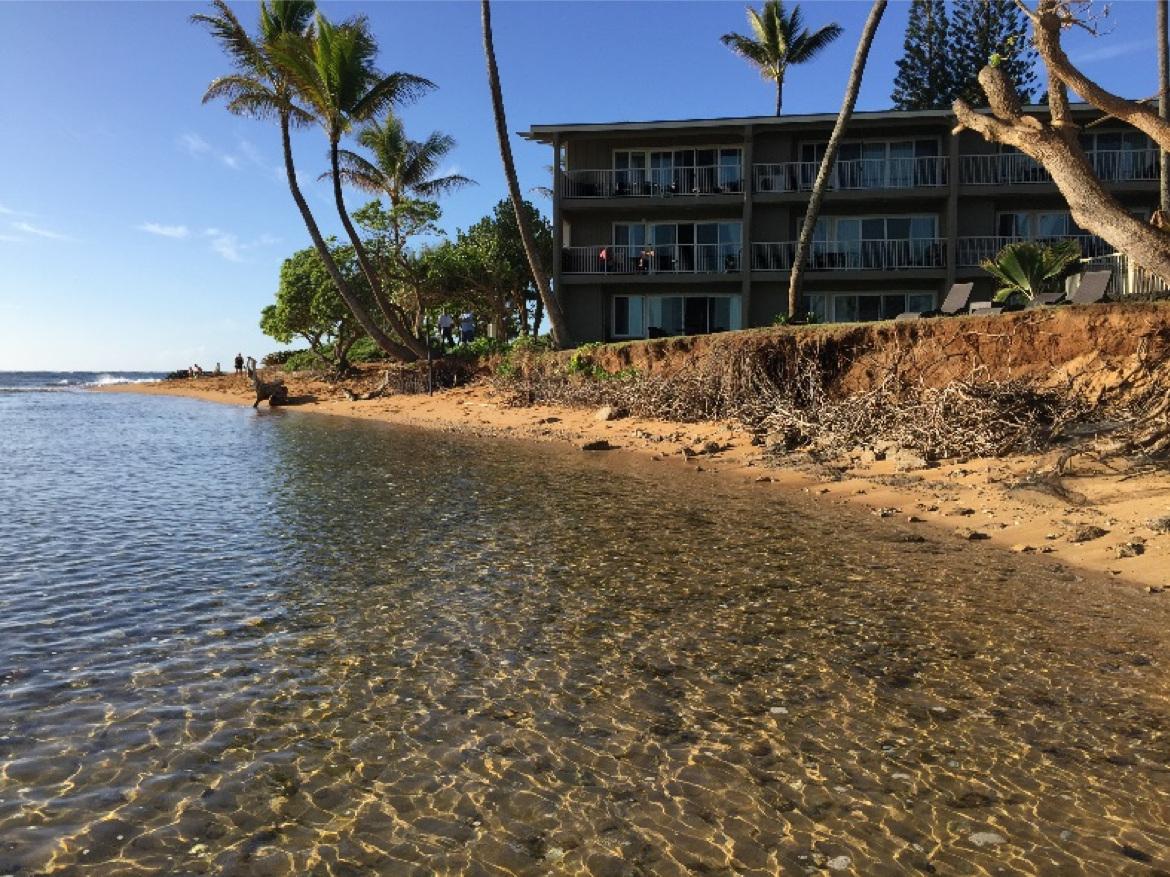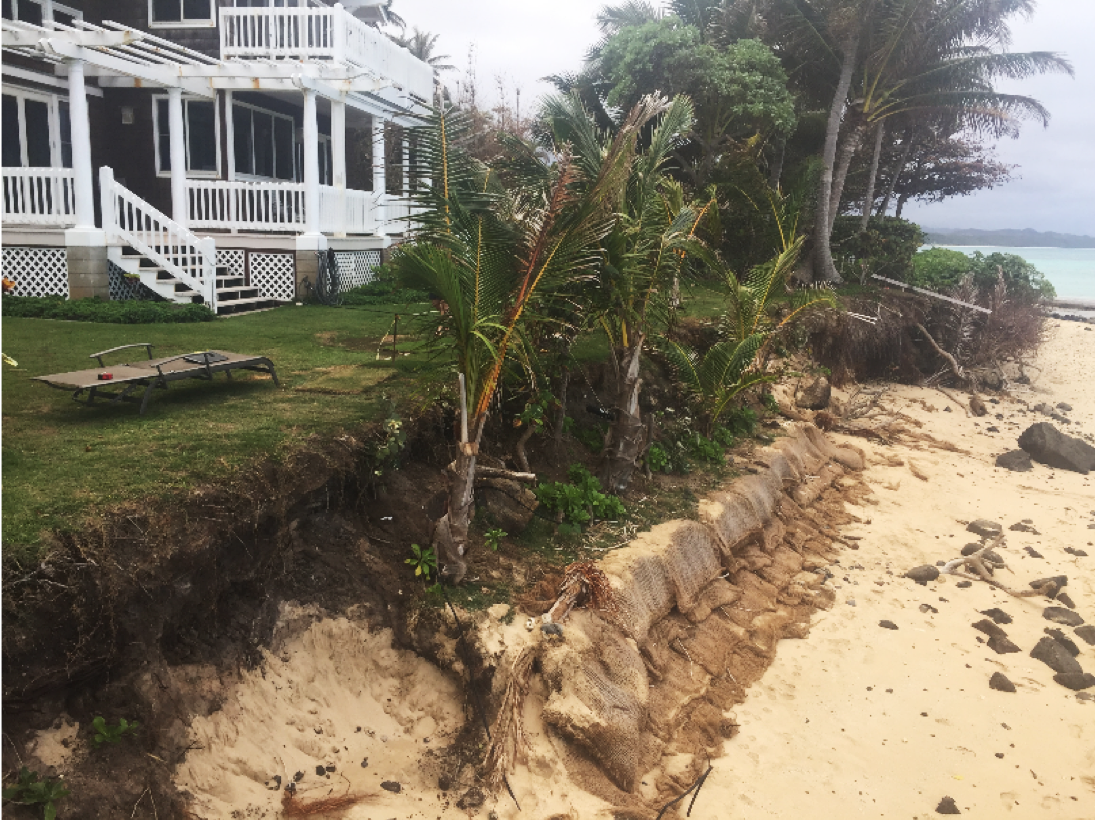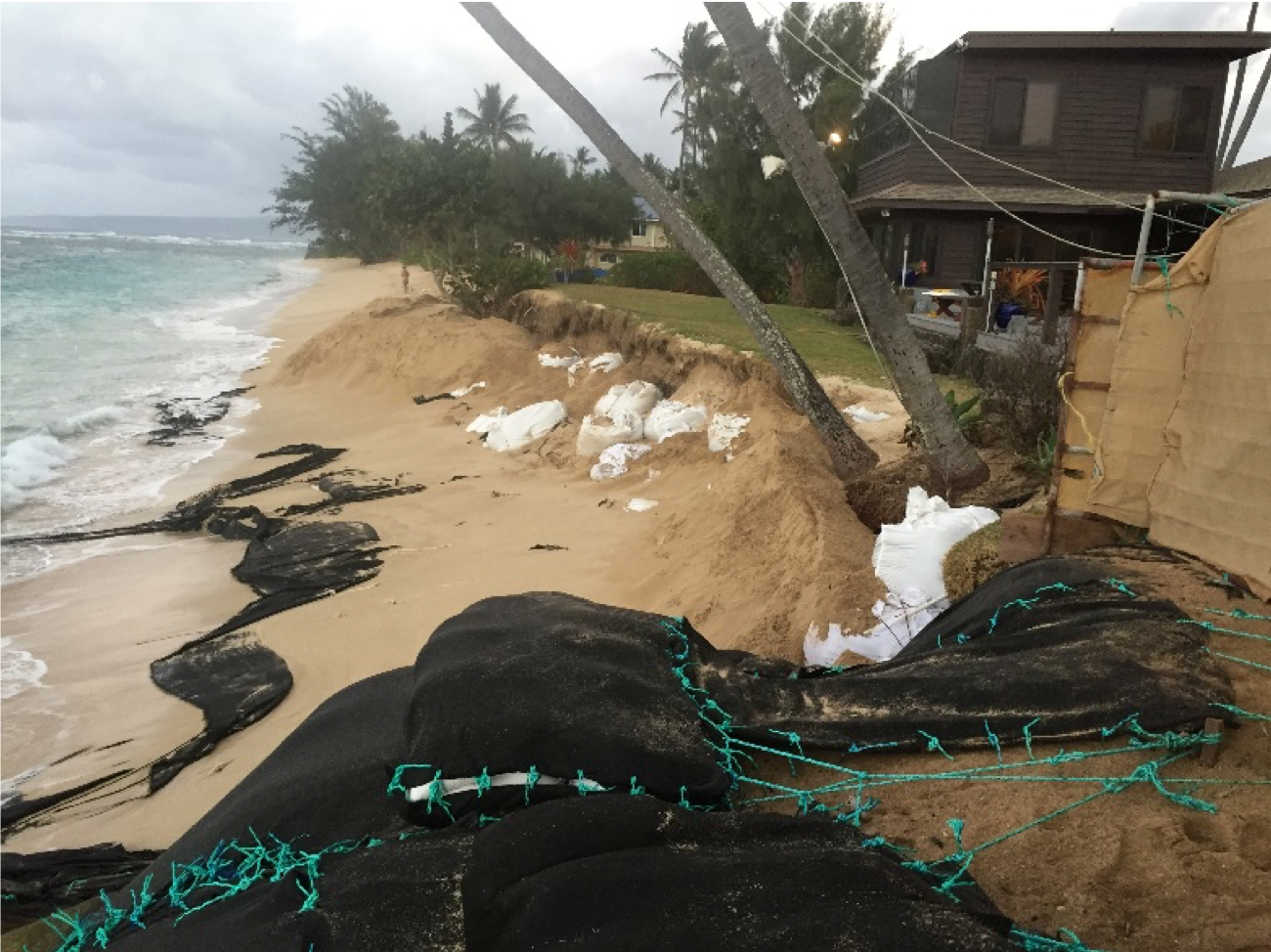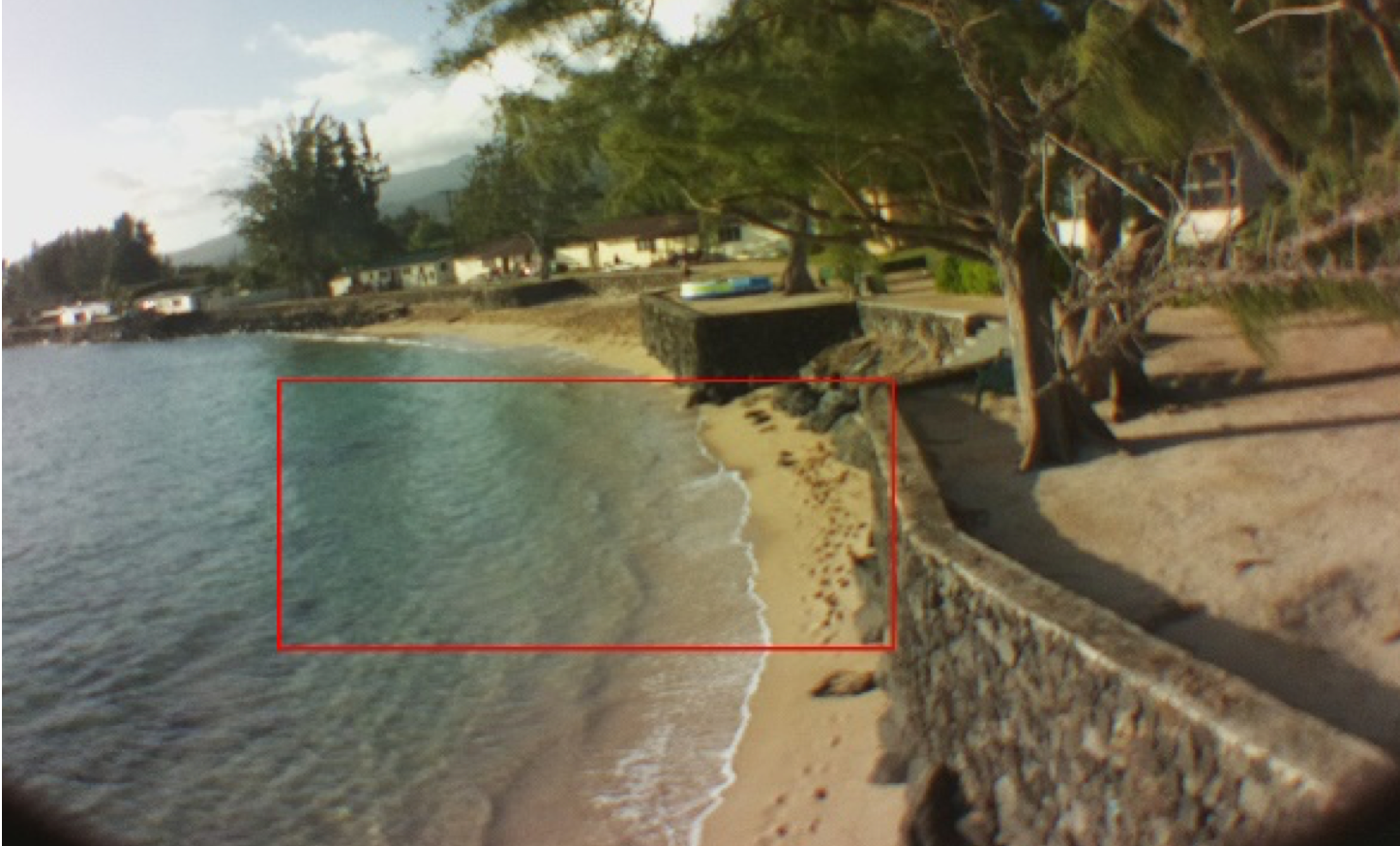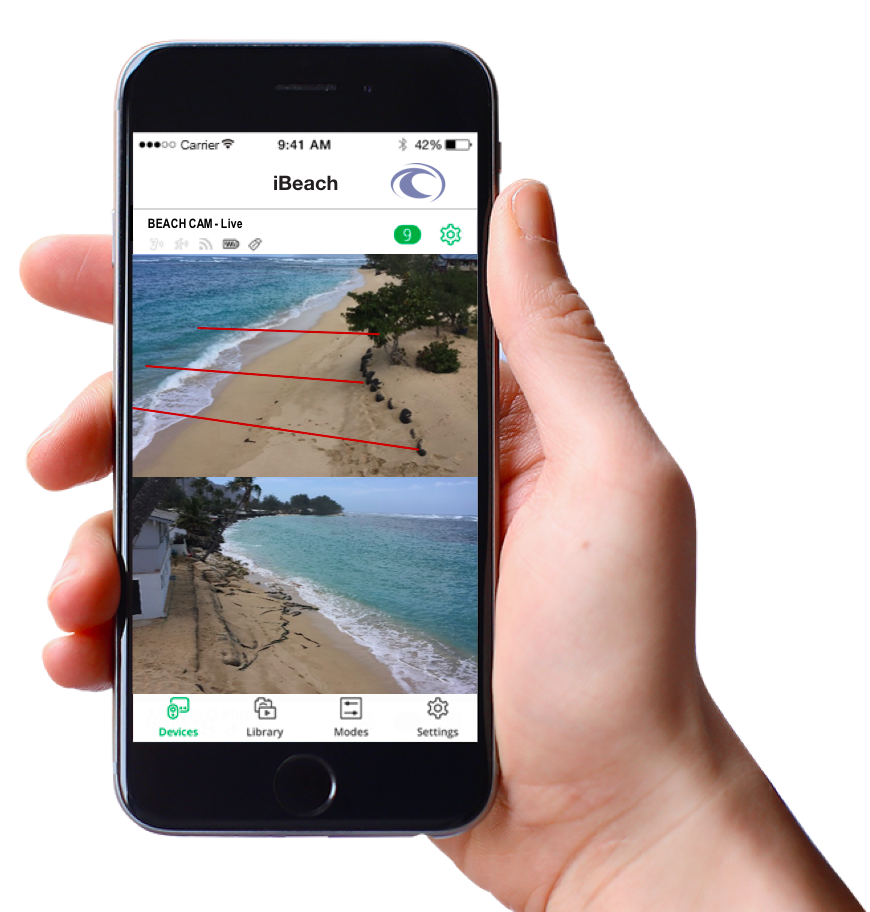The critical issues of sea level rise and climate change – and the various symptoms of these shifts – are affecting coastlines, island cities and communities, and coastal infrastructure around the world. In 2018, the Hawai’i State government adopted a strong stance to protect the Hawaiian islands from effects of climate change and released the ‘Hawai’i Sea Level Rise Vulnerability and Adaptation Report’. This report outlines in no uncertain terms the projected and measurable consequences of sea level rise for Oceanit’s home state.
Hawai’i, like many coastal communities, has clear and unique challenges in facing Sea Level Rise (SLR) and in dealing with adverse disaster conditions. While Hawaii’s unique location, temperature- and ocean-dependent weather patterns, and isolation from mainland resources make us particularly vulnerable to the repercussions of the evolving environment, the repercussions of SLR are being experienced around the world; from the South Pacific to Greenland.
Coastal development in much of the world has been developed to work with the ocean as it was several decades ago and much of the world’s waterfront infrastructure, such as buildings, roads, fortifications, harbor facilities, sea walls, and beach parks are now degrading under today’s ocean conditions.
With sea level rise estimates of one meter predicted by this century’s end, there are four key challenges to be expected which iBeach technology can work to monitor and provide insights for:
- Inundation is the base of sea level rise; where a higher ocean level will lead to more powerful waves, larger storm surges, and increased damages due to wave height that we are so far unprepared to handle.
- Erosion will negatively impact us beyond the obvious pushing back of physical shorelines and reduction of usable land. Fine sediments affect water quality which impacts reefs and continues to contribute to the global warming/SLR/erosion cycle.
- Salt intrusion can cause issues in certain locations and micro ecosystems that are normally not high in salt, such as wetlands, coastal groundwater, and low land plant life which includes Hawaiian specific agriculture such as rice and taro.
- Rising groundwater tables are both caused by and lead to severe drainage issues, and can lead to larger and more frequent flooding and decreased drainage where needed. This makes high-rainfall areas near the coast particularly susceptible to post-storm damage above and beyond what has been seen previously.
